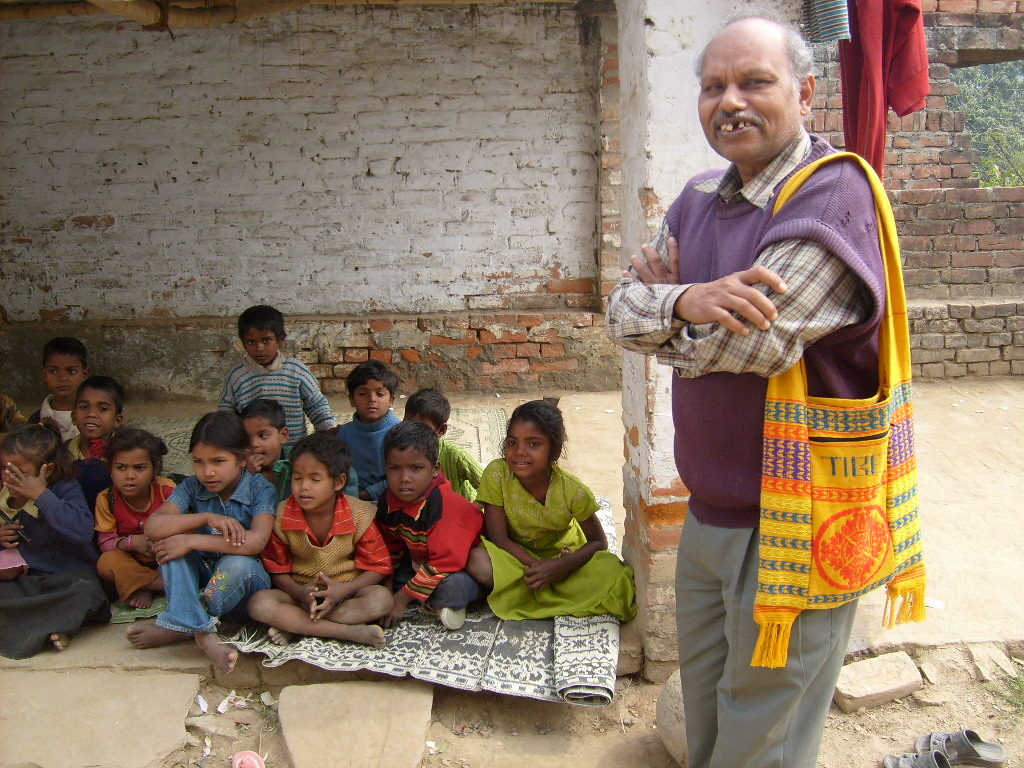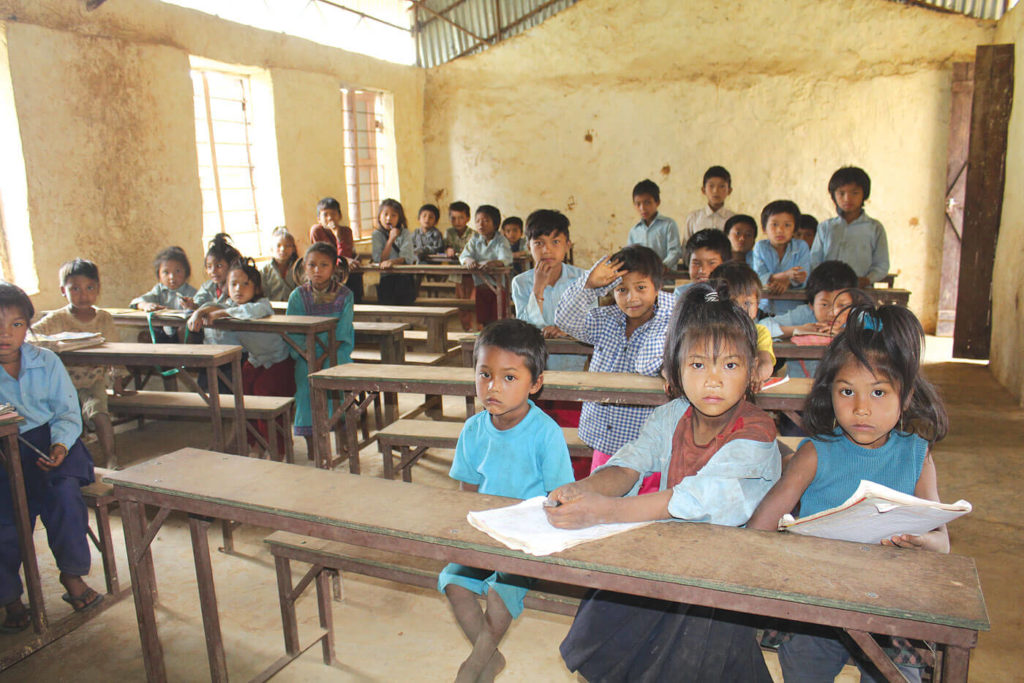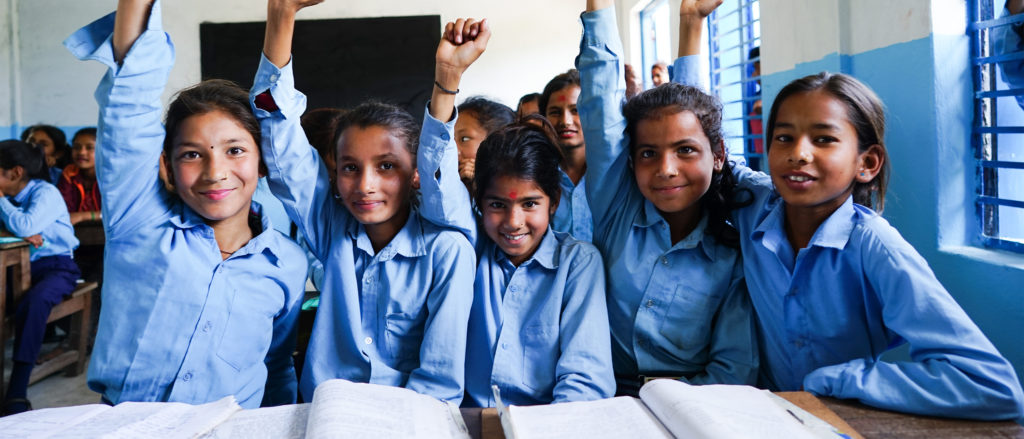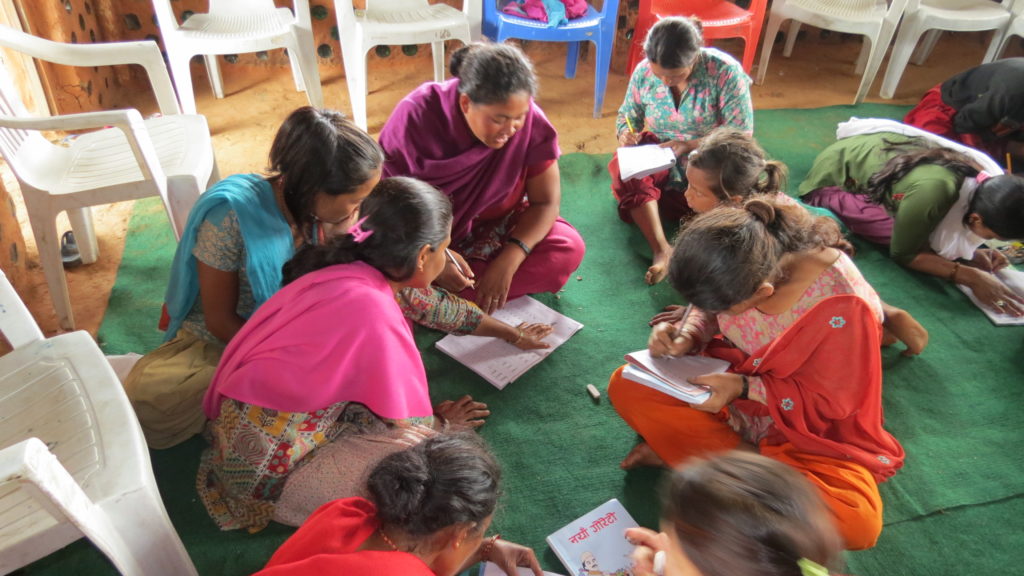Wedged between two mega-countries, China and India, Nepal holds a population of 29.3 million people. A small landlocked country with a large population and an awful government resulting
Problems that are developed by the corrupted government, the citizen who chooses to break the law every time they get a chance, and the challenging geography structure that we have.

Nepal being home to the highest mountain in the world along with other eight highest, it is difficult and costly to expand Nepal’s infrastructure to the mountainous terrain of the land. With its landlocked
With such a situation and a number of disastrous events that we had in the past, it has been difficult for Nepal to sustain and grow. With the government taking a slow initiative to grow, the people not just in the urban areas but the rural areas have been suffering a lot. With the help not being able to reach in the remote areas and the destruction taking over, a number of people have lost their source of livelihood and the children have lost their school, a place where they go to learn, explore, play around with their friends—take a break from their daily households.

As a result, many children had to drop out of their respective schools and wait for it to be repaired, but that wasn’t happening anytime soon. But with the help of several international organizations and the youth of Nepal who had teamed up to help one another, the broken stones are being formed again. Nepal is slowly developing; the education system in Nepal has also been rising and developing continuously.
People in rural areas are more illiterate as compared to those in urban areas. One in three children doesn’t enroll in secondary school. For primary level education, there is 97% enrollment rate, however, 45% of children drop out due to poverty, overcrowded classrooms, illness, malnutrition and absent or under-qualified teaching staff.

Families living in poverty prefer their children to work rather than receive an education. As a result, 1 in 4 poor children do not attend school. Due to child labor in Nepal, 37% of children aged between 5 and 14 years are forced to work.
Many schools are underfunded as they rely on parents to provide books, uniforms, stationery items and donations which many parents cannot simply afford. Many students also face caste based discrimination resulting in drop out from school. Political instability and turmoil of political parties in the country has also fractured the education system of Nepal.

It is noteworthy that education system of Nepal is improving. The Ministry of Education is trying to provide fair access to education, creating internal and external effectiveness in the education system. At the same time, it is vital to create an awareness among rural people regarding importance of education and the facilities should be improved to increase the number of students. In order to make a sustainable change, it requires sensitivity and targeted support from the people of the country.
Featured Image: https://bit.ly/2WrKr6C


